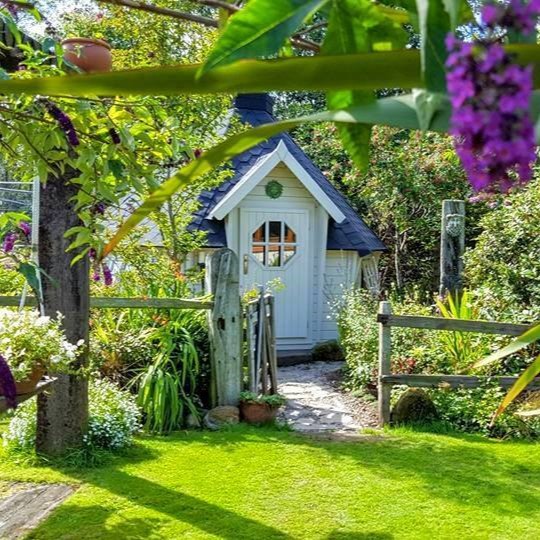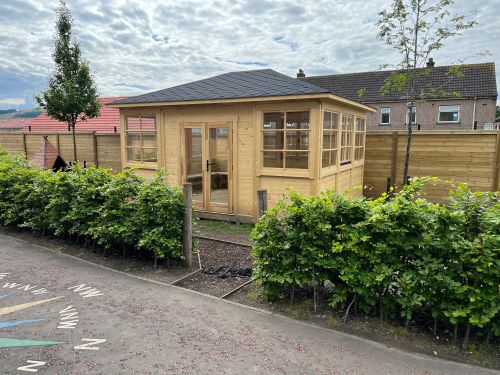Do you remember the days when a Summerhouse at the end of the garden was sat in till the night came and then abandoned? Now, you can have all your home features in a Garden Room, making them a more versatile living space! The first thing that is needed, though, is Electricity; with that, you can transform your garden room into an office, studio, or recreational retreat. However, bringing power to your garden room isn’t as simple as running an extension cord from your home. There are necessary regulations and safety standards to consider where electrical work in garden rooms falls under specific legal requirements. This blog post covers the essential rules for installing electrics in garden rooms to ensure safety and compliance.
Understanding Part P of the Building Regulations
In the UK, most electrical work in domestic buildings, including garden rooms, is governed by Part P of the Building Regulations. This part focuses on electrical safety and aims to prevent accidents caused by improper installations. Part P applies to any electrical installation in a garden room, including lighting, power outlets, and wiring.
According to Part P, certain types of electrical work are deemed “notifiable,” which means they must either be:
- Reported to your local building authority, or
- Completed by a registered electrician who can self-certify the work.
Examples include installing new circuits, wiring, or altering an existing circuit in kitchens, bathrooms, and garden rooms.
Hiring a Qualified Electrician
Given the specific requirements of Part P, hiring a qualified electrician for any substantial electrical work in your garden room is essential. A registered electrician can ensure that your installation meets safety standards and self-certify their work, providing you with a certificate of compliance.
This certificate is vital for your records and can be especially valuable if you sell your property, as it serves as proof that the installation was completed to a recognised standard. When hiring an electrician, look for professionals registered with organisations such as NICEIC or NAPIT, which set high standards for electrical safety.
Key Safety Considerations
Safety is a top priority when installing electricity in a garden room. If your garden room is separated from the main house, you’ll need to run an electrical supply from the main distribution board in your home or install a fused spur. This would involve installing an armoured cable buried underground to protect against accidental damage. The cable must be of the correct specification and installed with care to avoid risks of electric shock.
Your garden room should also be equipped with a residual current device (RCD) to provide additional protection. An RCD is designed to cut off power automatically in case of a fault, minimizing the risk of electrical shock.
Final Thoughts
Installing electricity in your garden room can enhance its functionality, allowing it to be a comfortable, usable space year-round. However, following electrical installation regulations is crucial to ensure safety. So, working with qualified professionals will allow you to enjoy a garden room without worries!














